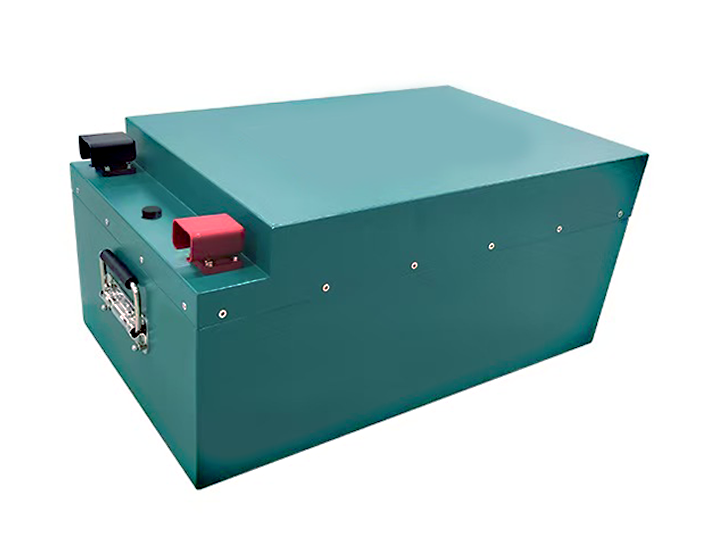New energy vehicle market
The latest data released by the China Association of Automobile Manufacturers shows that in the first quarter, my country’s automobile production and sales reached 7.561 million and 7.47 million respectively, up 14.5% and 11.2% year-on-year respectively. The “good start” in the first quarter is a true reflection of the entire industry’s high-quality development by relying on “both internal and external improvements”.
The policy effect continues to be released, and technological progress brings more demand. Since the beginning of this year, policy measures to boost automobile consumption such as scrapping, replacement, and full reduction have been continued, and the construction of charging and swapping infrastructure has been accelerated. In particular, the scope of “national subsidies” has been expanded from the National III emission standard to the National IV emission standard, which has enhanced consumers’ willingness to replace and update. At the same time, China’s core technology in the field of new energy vehicles continues to lead, and its endurance, safety performance and assisted driving functions are constantly improving. Under the joint action of “policy + technology”, many consumers’ car purchase needs have shifted from a single price orientation to a comprehensive consideration of brand, performance, and intelligent experience. Cars are becoming a part of people’s smart life.
At present, the external environment is still complex and changeable. The competition in China’s new energy vehicle market is the most competitive in the world. But if we look outward, China and the EU recently agreed to restart the price commitment negotiations on the electric vehicle anti-subsidy case as soon as possible. This move will create a good environment for promoting investment and industrial cooperation between Chinese and European companies. This is a major benefit for car companies such as Xiaopeng, Xiaomi, and Ideal that have already established a firm foothold in China and are actively seeking overseas development. Keeping up with changes in the external situation and accelerating overseas layout are the only way for Chinese car companies to move towards a higher stage of development.
From January to February this year, Hunan Province produced 227,800 vehicles, a year-on-year increase of 235.49%, ranking eighth in the country; the production of new energy vehicles was 144,100 vehicles, and the ranking rose to fourth in the country. With BYD Yuhua Factory, GAC Aion Changsha Smart Ecological Factory, and Geely Automobile Xiangtan Manufacturing Base, the strength of “Hunan-made” new energy vehicles cannot be underestimated. At the same time, we have a lot of room for development. For example, create conditions to promote local cultivation or introduction of new energy vehicle headquarters; the industrial chain of vehicle manufacturing, power batteries, and intelligent networking needs to be strengthened. With sales up, the next step is to expand the agglomeration effect.
In the context of achieving the “dual carbon” goal and approaching the “National VII” emission standard, new energy vehicles are undoubtedly an important engine for promoting industrial upgrading. Only by building real technical barriers and extraordinary service capabilities with a long-term mindset and continuously transitioning from manufacturing to intelligent manufacturing can we seize the “trend” of the new energy vehicle industry.
